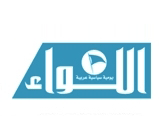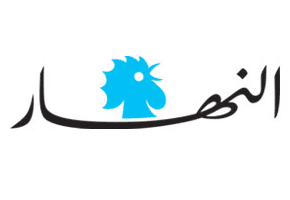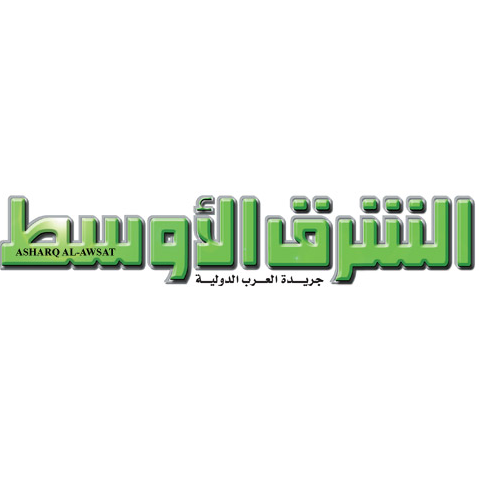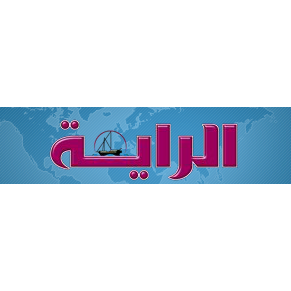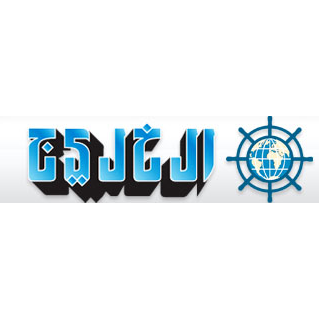Three Books on Cuba
22 أغسطس 2015

By Tom Hayden, Margaret Randall, Hal Klepak
Reviewed by Richard Feinberg
In his new book, Hayden reflects on a lifetime of political struggles for social justice and more participatory forms of democracy. Listen, Yankee! features conversations between Hayden, a lifelong American political activist and co-founder of Students for a Democratic Society (a progressive group active in the 1960s), and Ricardo Alarcón, a longtime confidant of former Cuban President Fidel Castro. Despite the book’s title, the dominant voice in the discussions is Hayden’s. The book lacks a core thesis and a strong sense of narrative direction and does not adequately explain “why Cuba matters.” But it offers insights into the experiences, perspectives, and historical claims of the New Left that emerged during the 1960s in the United States. Hayden fondly recalls his youthful attraction to the Cuban Revolution (even as he rejects its authoritarian elements), finds fresh hope in the left-leaning democratic governments now common throughout Latin America, and applauds U.S. President Barack Obama’s rapprochement with Cuba, however overdue. Hayden remains deeply critical of “corporate globalization” and mainstream liberals; he harshly judges the foreign policies of both the Carter and the Clinton administrations, for example. But he eschews pessimism. Rather, he appears ready to pass the baton: “Revolutions have similar phases to the human: the bloody eruption of birth, innocence and idealism . . . the responsibilities of power, then decline and atrophy.” For today’s Cuban youth, “the past is ancient history,” as they seek to turn the page on the revolution and usher in a new era.
But the past is sometimes hard to put away, as Randall’s loving elegy to Haydée Santamaría shows. Santamaría was one of the original cadres of Cuban rebels who, led by Fidel Castro, brazenly attacked the Moncada, a Cuban army garrison, in 1953. She was captured, and vengeful government soldiers sought to break her by presenting her with mangled body parts belonging to her brother and her fiancé, both of whom government authorities had brutally murdered. After the revolution, she founded the Casa de las Américas, a publishing house and cultural institution that became something of a headquarters for left-leaning Latin American intellectuals. Still, her stature within such circles afforded her little peace of mind. Santamaría was abandoned by her husband, the long-serving Cuban minister of culture Armando Hart. In 1980, suffering from chronic depression and what today might be labeled posttraumatic stress disorder, she committed suicide. Her life story demonstrates the heavy costs that prolonged revolutionary struggles can extract even from their apparent victors. A feminist sensibility adds poignancy to Randall’s tender, impressionistic portrait of a self-effacing and melancholic yet much revered Cuban fighter.
Working hard to “update” Cuban socialism, President Raúl Castro apparently does not accept that his revolution has grown old and atrophied, as Hayden implies. There are no major biographies of Raúl, who has spent most of his life in the shadow of his more flamboyant brother. Raúl declined to be interviewed by Klepak, a Canadian military historian, despite Klepak’s evident sympathies for the Cuban Revolution and for the Cuban armed forces that Raúl, as Fidel’s minister of defense, successfully established and nurtured over the course of many decades. A resident of Cuba for many years, Klepak had unusually good access to Raúl’s colleagues and builds his portrait—the best one that exists of the current Cuban president—around their comments. Klepak’s Raúl is a competent manager and a careful, studious planner. He is demanding but fair, a loyal friend, and an affable family man. Klepak examines Raúl’s reputation for ruthlessness but does not dwell on it, accepting the idea that dangerous times have demanded tough decisions. Klepak also provides valuable descriptions of the intertwined structures of the various Cuban security forces, their strategic doctrines and relations to civil society, their expanding roles in the Cuban economy, and the surprising breadth of their cooperation with their counterparts in the U.S. military. As Cuba’s most efficient, prestigious, and wealthy institution, the armed forces will likely play a major role in charting the country’s future.
———————————————-
Source: Foreign Affairs Magazine
 عن أمل جنبلاط المتجدد: لبنان يستحق النضال
عن أمل جنبلاط المتجدد: لبنان يستحق النضال
 صحافيون أم عرّافون!
صحافيون أم عرّافون!
 ماذا يجري داخل أروقة بيت الكتائب المركزي؟
ماذا يجري داخل أروقة بيت الكتائب المركزي؟
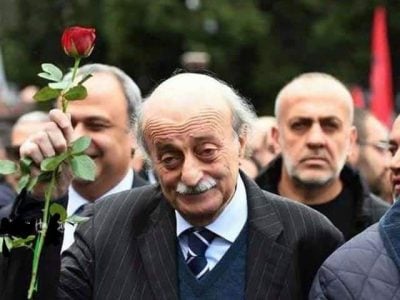

 عن الخرائط التي تُرسم والإتفاقات التي تتساقط!
عن الخرائط التي تُرسم والإتفاقات التي تتساقط!
 “الإنحراف في الحياة”/ بقلم كمال جنبلاط
“الإنحراف في الحياة”/ بقلم كمال جنبلاط
 هاشتاغ #صار_الوقت يحل أولاً في حلقة جنبلاط
هاشتاغ #صار_الوقت يحل أولاً في حلقة جنبلاط
 طاولة نقاش عن أزمة الصحافة في جامعة AUST
طاولة نقاش عن أزمة الصحافة في جامعة AUST
 عبدالله: ليظهر لنا وزير مكافحة الفساد حرصه في صفقات البواخر والفيول
عبدالله: ليظهر لنا وزير مكافحة الفساد حرصه في صفقات البواخر والفيول
 عبدالله: غريب أمر وزارة مكافحة الفساد!
عبدالله: غريب أمر وزارة مكافحة الفساد!
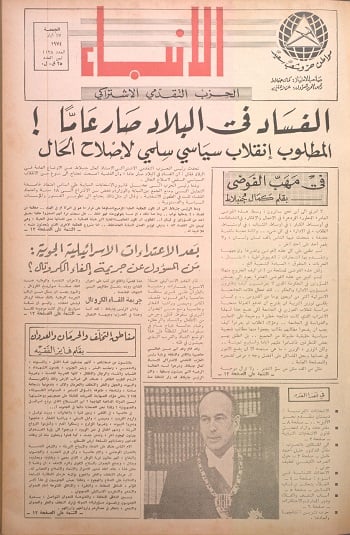
 Comment to Uri Avnery: How Sad What Is Looming Ahead
Comment to Uri Avnery: How Sad What Is Looming Ahead
 “Not Enough!”
“Not Enough!”
 … لمن لم يقرأ يوسف البعيني/ بقلم وسام شيّا
… لمن لم يقرأ يوسف البعيني/ بقلم وسام شيّا
 كمال جنبلاط في مولده الأول بعد المائة: تعاليمه وأفكاره ما زالت الحلّ/بقلم عزيز المتني
كمال جنبلاط في مولده الأول بعد المائة: تعاليمه وأفكاره ما زالت الحلّ/بقلم عزيز المتني
 رئيس حزب/ وليس (… سابقاً)/ بقلم د. خليل احمد خليل
رئيس حزب/ وليس (… سابقاً)/ بقلم د. خليل احمد خليل
 التوازن السياسي في لبنان
التوازن السياسي في لبنان
 لبنان… مشاريع انقلابية مؤجلة
لبنان… مشاريع انقلابية مؤجلة
 جنبلاط وحَمَلة أختام الكاوتشوك
جنبلاط وحَمَلة أختام الكاوتشوك
 Le Liban est un symbole de tolérance
Le Liban est un symbole de tolérance
 Our Automated Future
Our Automated Future
 The True Origins of ISIS
The True Origins of ISIS
 Les Misérables vs. Macron
Les Misérables vs. Macron
 عذراً أيها المعلم/ بقلم مهج شعبان
عذراً أيها المعلم/ بقلم مهج شعبان
 رساله الى المعلم / بقلم ابو عاصم
رساله الى المعلم / بقلم ابو عاصم
 إلى روح القائد والمعلم كمال جنبلاط/ بقلم أنور الدبيسي
إلى روح القائد والمعلم كمال جنبلاط/ بقلم أنور الدبيسي
 أسرار وعناوين الصحف ليوم الجمعة 14 كانون الاول 2018
أسرار وعناوين الصحف ليوم الجمعة 14 كانون الاول 2018






